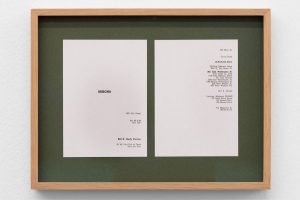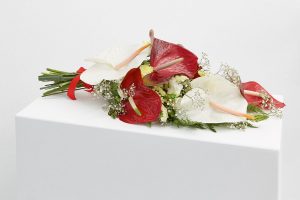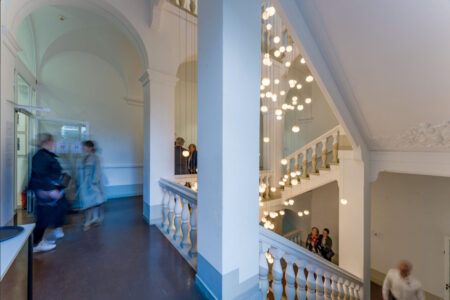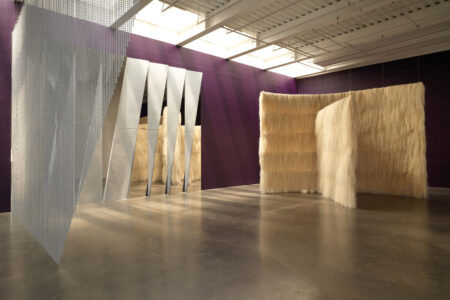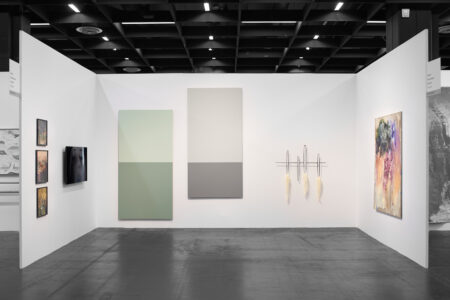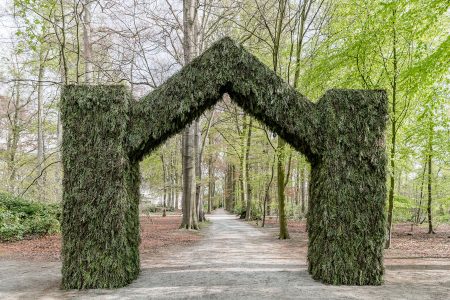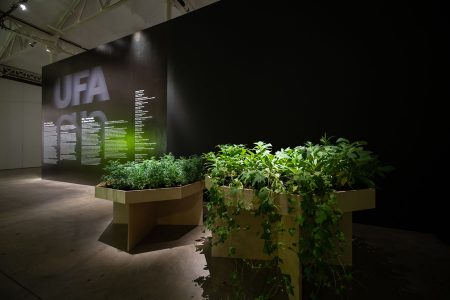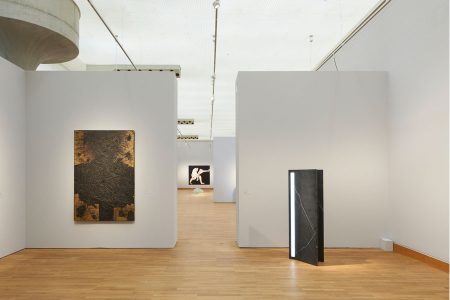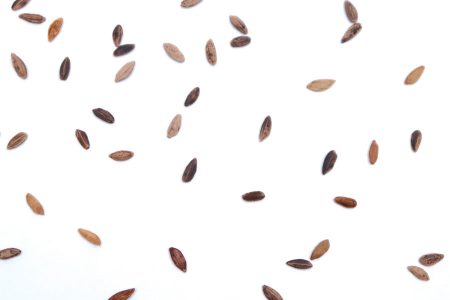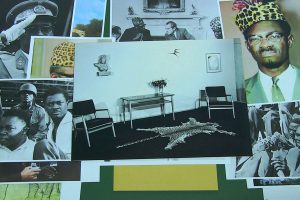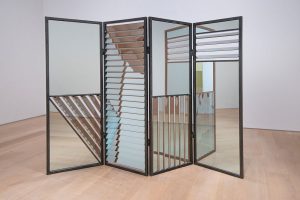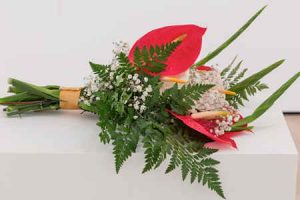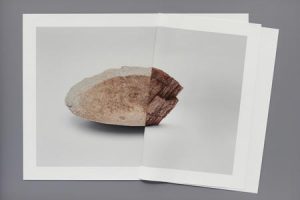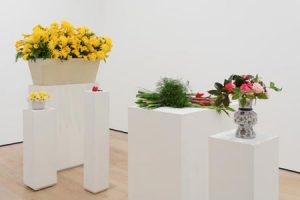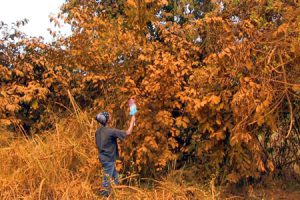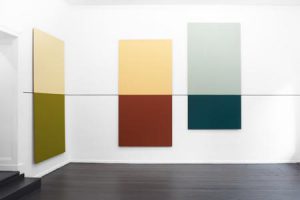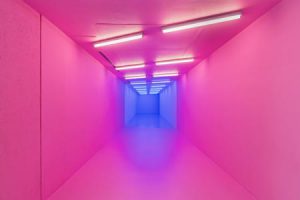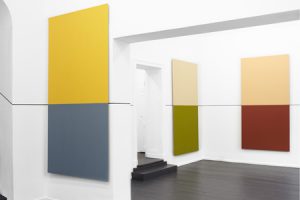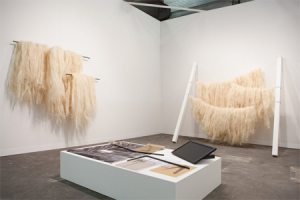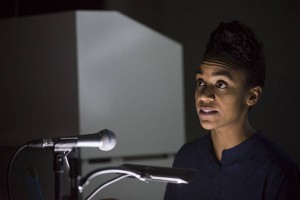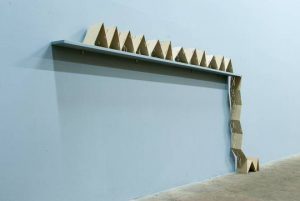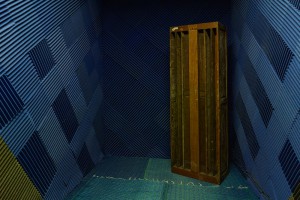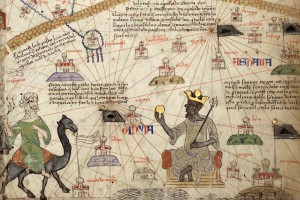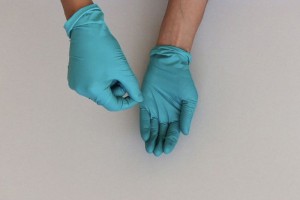

“Kapwani Kiwanga opted for the visual arts after studying anthropology and social sciences. This previous training did more than just nourish and inform her plastic work. One might say that this work is the continuation of anthropology by other means. The role that magical thinking and belief play in attributing powers to plants and their role in twentieth-century anticolonial struggles were explored in an exhibition presented last year at the South London Gallery and La Ferme du Buisson. In that exhibition—where audio and visual documents, direct or reinterpreted testimonies made it possible to trace Tanzanian history back to the 1907 Maji Maji uprising—Kapwani Kiwanga effected a kind of hybridization of the two dual roles of artist-researcher and curator-museographer: plant fibers were used to produce sculptures, educational panels were invaded by pieces of fabric that looked like an intentionally disheveled outfit, and a greenhouse contained carefully indexed and classified plants whose growth coincided with the duration of the exhibition. Added to this were discussions and performances: hybridization but also changing plants and cultures…”








